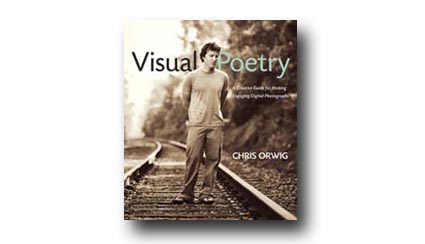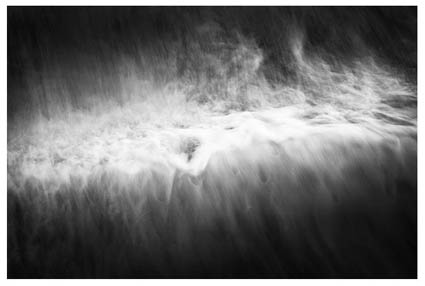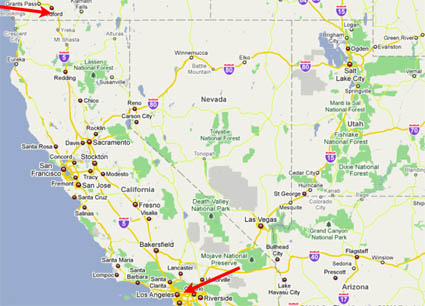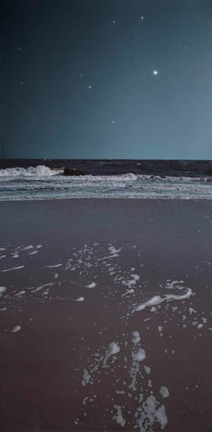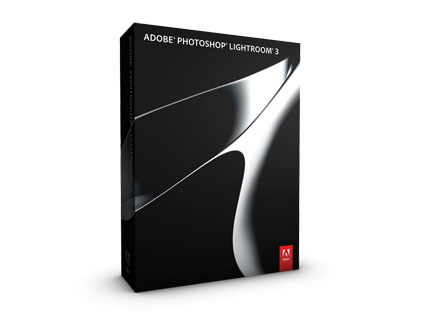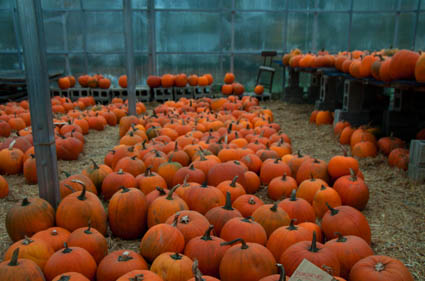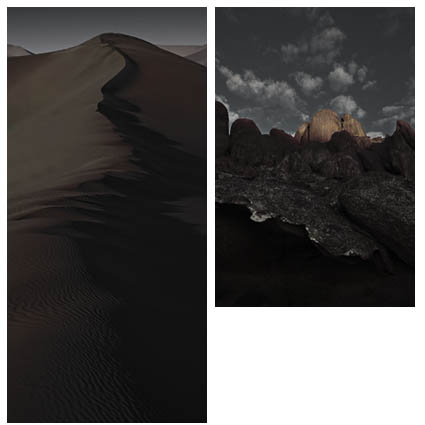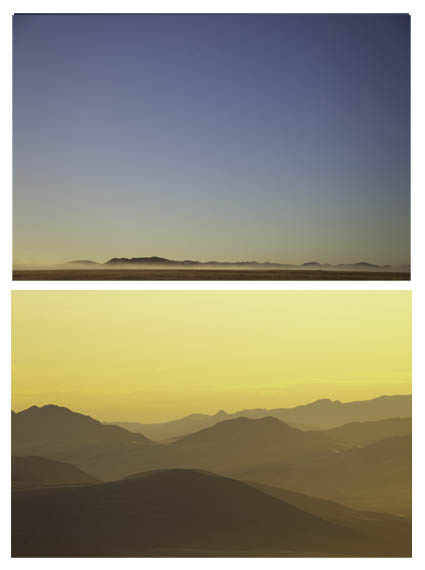FADP Highlight – Print Presentation
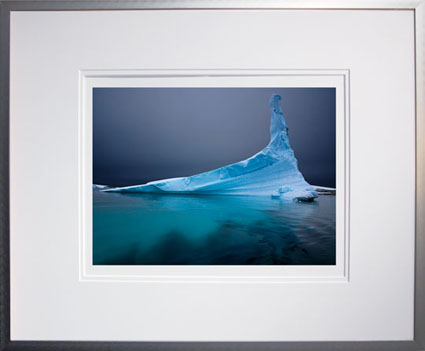
Print presentation is the final aspect of fine art printing. Mounting, mats, framing, portfolios, bodies of work, environment, light. All of these things affect the way a work of art is perceived by viewers. They might seem like incidental after thoughts but they’re actually integral components of making artistic statement – and it often provides necessary protection ensuring a work of art endures. The most beautiful prints in the world will become more beautiful with appropriate presentation – or fade away without it.
Check out my series of articles on print presentation in Photoshop User and on my website.
Learn more at Brooks here.
Be the first to hear about the next FADP workshop.
Stay tuned to Insights for the upcoming release of our Fine Art Workflow DVD.
Check out Mac Holbert’s website.
Find out more in my Fine Art Digital Printing Workshops.


